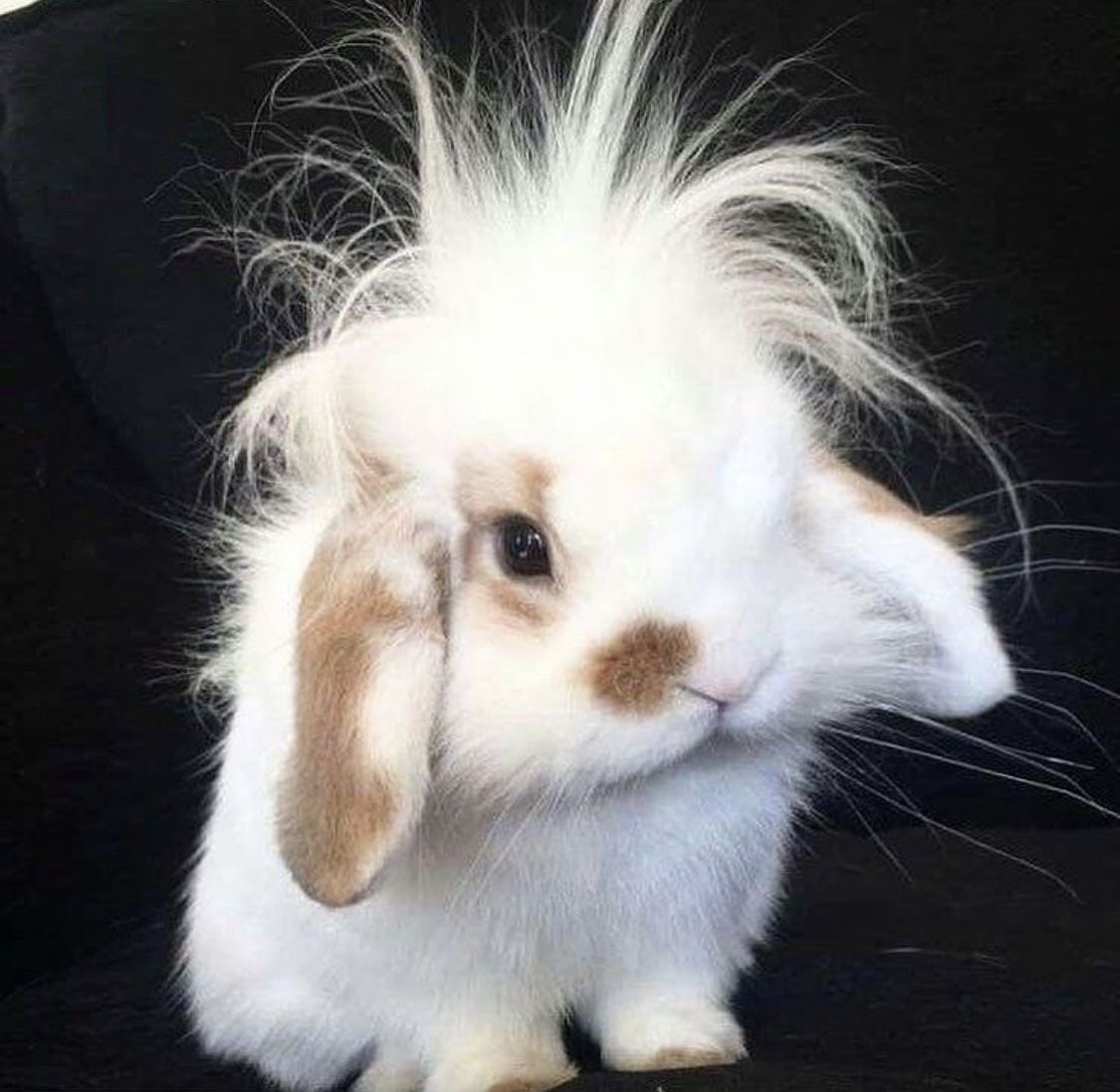C7 specification
Cards (23)
- describe what crude oil is & where it comes from
- describe the general chemical formula for the alkanes
- state the names of the first four members of the alkanes
- recognise substances as alkanes from their formulae
- Describe the process of fractional distillation
- state the names and uses of fuels that are produced from crude oil by fractional distillation
- Describe hydrocarbons
- Describe trends in the properties of hydrocarbons
- explain how their properties influence how they are used as fuels
- complete combustion
- complete combustion
- complete combustion
- test for alkenesA) alkaneB) alkeneC) decolourised
- cracking
- describe the process of cracking
- Explain why cracking is useful and why modern life depends on the uses of hydrocarbons
- why are hydrocarbons used as fuels
- what are the waste products of complete combustion
- where do shorter hydrocarbons condense in fractional distillation
- how are hydrocarbons fractioned
